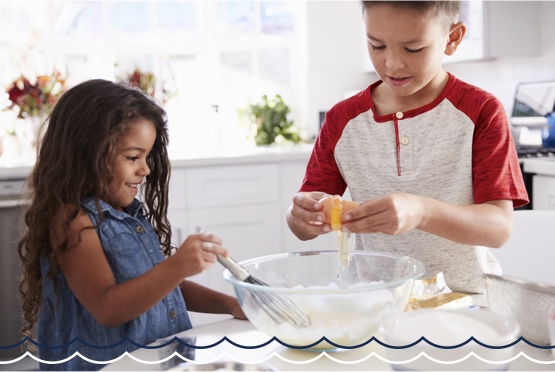
Occupational Therapy

Occupational therapy (OT) helps children to become more independent and participate in a wide range of activities. Occupational Therapy can improve fine motor development, visual motor integration, sensory motor integration development, self-help and organizational skills.
For people with autism, OT programs often focus on play skills, learning strategies, and self-care. OT strategies can also help to manage sensory issues.
Occupation Therapy can help:
- Development and enhancement of functional, sensory, motor & perceptual processing;
- Management of muscle tone, positioning and community mobility needs;
- Sensory integration;
- Improvement in balance, strength, and coordination for play, leisure, and vocational skills;
- Improvement in self-regulatory and coping skills;
- Improvement in fine motor skills;
- Understanding of sensory-behavioral connections;
- Visual-spatial awareness;
- Assistive technology supports, modifications and needs.

OT Developmental Milestones
By 6 months your child should be able to:
Pass toys from one hand to another and grasp and shake a rattle. Can clasp hands together and reach for toys with both hands and can bring hands to mouth.
By 12 months your child should be able to:
Bang two toys together and pokes with index finger. Can put objects in a container. Can self-feed with finger foods and wave good bye.
By 18 months your child should be able to:
Point to one body part and can mark paper with crayon and can build a tower with at least 2 blocks. Points with index finger and bring a spoon to mouth by turning spoon over.
By 24 months your child should be able to:
Build tower of at least 5 blocks and imitates vertical stroke. Can unzip and zip a large zipper and remove shoes and socks. Can wash and dry hands partially.
By 3 years your child should be able to:
Copies a circle with pencil or crayon can turn book pages one at a time. Can fold paper in half. Hold small cup in one hand and pull pants down with assistance.
By 4 years your child should be able to:
Draws a person with 2 to 4 body parts and touch the tip of each finger to their thumb. Uses scissors to cut across a piece of paper and start to copy some capital letters. Can also use a fork.
By 5 years your child should be able to:
Print some letters or numbers. Copy a triangle, square and cross. Grasp a pen or pencil correctly (using an adult type grasp). Connect the dots to make a simple shape. Can lace shoes or lacing board.
By 6 years your child should be able to:
Copy a sequence of letters and numbers correctly. Use a knife to cut soft foods and draw a recognizable person with head, body, and limbs. Can put together a 16-20 piece puzzle.
